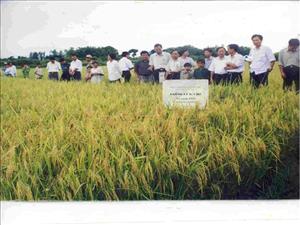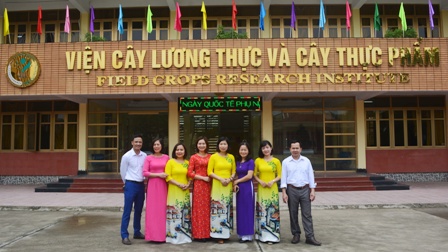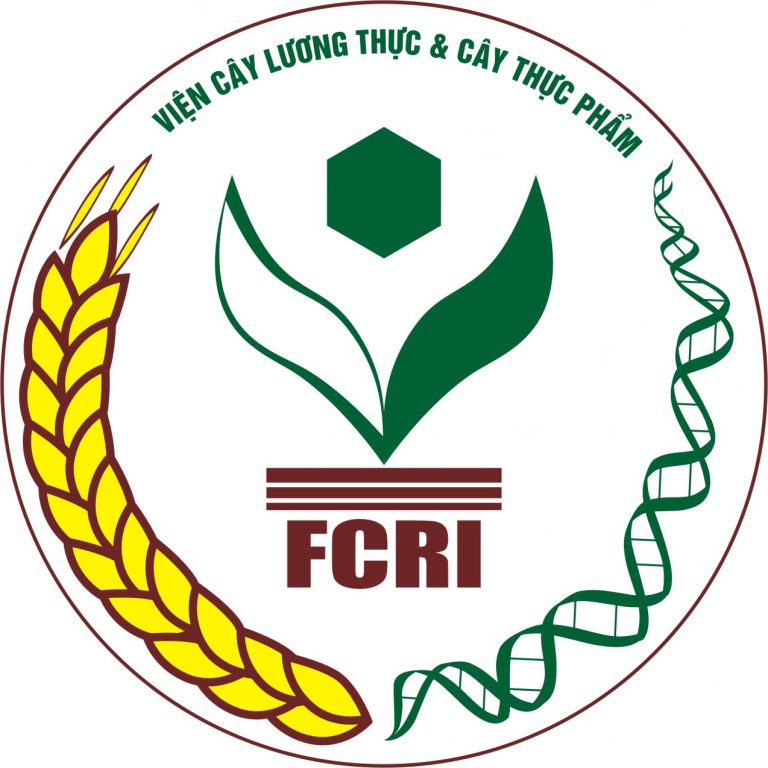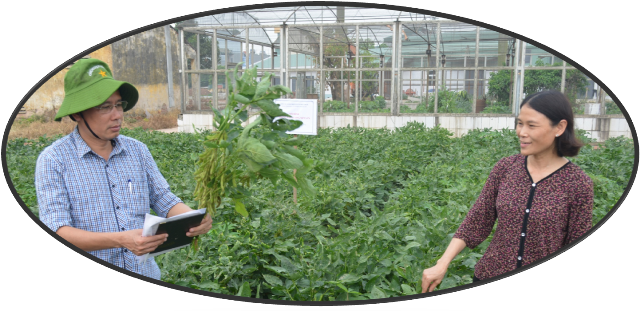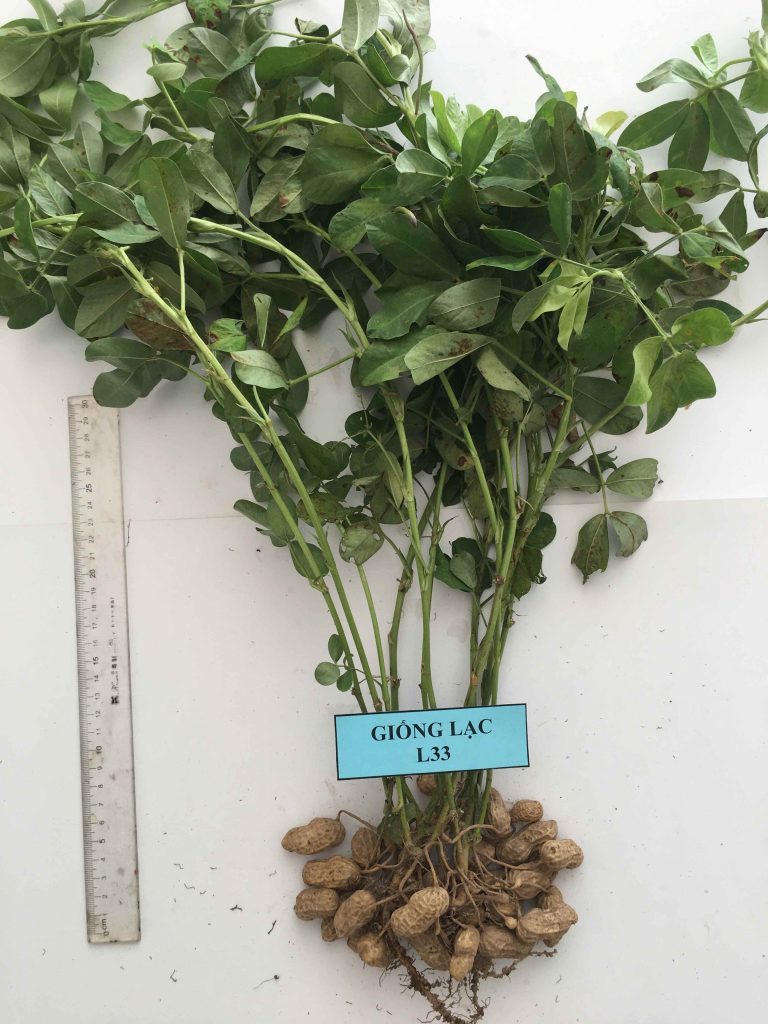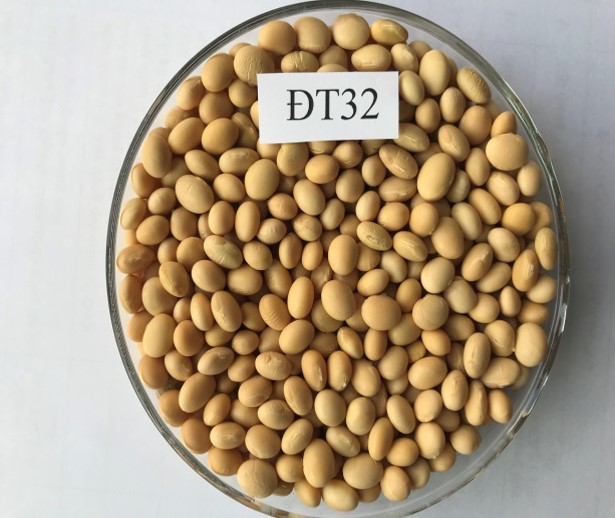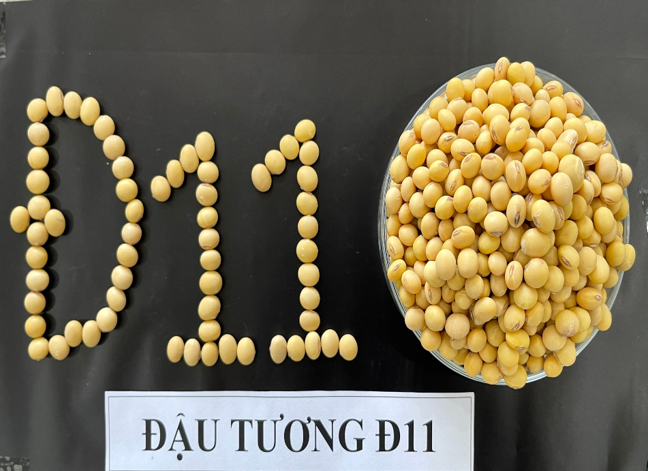VIETNAM ACADEMY OF AGRICULTURAL SCIENCES (VAAS)
The Vietnam Academy of Agricultural Sciences (VAAS) has a long and prestigious history and a proud scientific reputation. It originated in 1952 as the Institute of Crop Production. Since then it has undergone a series of name changes and amalgamations becoming the Institute of Agriculture and Forestry Research in 1955, the Institute of Crop Production Research in 1957, the Academy of Agriculture and Forestry Research in 1958, the Institute of Agricultural Sciences in 1963 and the Vietnam Agricultural Sciences Institute in 1978. On 9th September 2005 in accordance with Government Decision No. 220/2005/QD-TTg, the Academy took its present name.

STAFF: Total 2,674, including 31 Professors and Associate Professors; 207 PhD and 599 M.Sc.
ORGANIZATION STRUCTURE:
05 Operation Departments: Personnel, Administration & Construction; Science & International Cooperation; Post-Graduate Training; Information Services; Finance and 18 member Research Institutes.
MANDATE
– To provide a comprehensive vision, strategic direction and oversight of agriculture R&D programs;
– To conduct basic and applied research and to foster the transfer of new technologies;
– To provide post-graduate and professional training
FUNCTIONS AND TASKS:
To implement scientific activities in the following areas:
– Genetic resource conservation of plants, animals and micro-organisms
– Plant and animal breeding and genetics
– Agricultural biotechnology
– Soil science
– Plant and animal nutrition
– Plant protection and animal health
– Agricultural environment and ecology
– Climate change mitigation and adaptation
– Agrarian and farming systems
– Food safety
– Integrated farming technology
– Rural development
– Technology transfer and extension
– Post-graduate training and capacity building
– International cooperation
R&D STRATEGIES
– To develop basic research approaches that conserve and effectively utilize plant and animal genetic and other agricultural resources;
– To efficiently apply agricultural biotechnology;
– To select and develop animal breeds and crop varieties with high productivity, good quality, high resistance to biotic and abiotic stresses;
– To implement Integrated Crop Management, Good Agricultural Practice and Hi-tech production technologies for the major cropping systems;
– To ensure appropriate solutions to meet society’s demand for food safety and food security;
– To reduce postharvest losses;
– To effectively use natural resources – soil, water and biodiversity;
– To improve the agricultural environment ;
– To study on mitigation and adaptation to climate change;
– To develop suitable agrarian systems based on integrated socio-economic approaches, household farming production, and appropriate policies.
To study on rural development
MAJOR ARCHIEVEMENTS (2006-2011)
– 354 crop varieties have been selected, including rice, maize, legumes (soybean and peanut), root and tuber crops (potato, sweet potato, cassava, taro), vegetables (tomato, cucumber, cabbage, etc.), flowers, fruit crops (citrus, longan, lychee, mango, watermelon, dragon fruit, pinneaple, etc.), industrial crops (tea, coffee, cashew, rubber, sugarcane), mulberry, edible and medicinal mushrooms;
– Hundreds of crop production models, plant protection techniques and fertilizer technologies have been successfully developed and extended into large-scale production;
– A gene bank of more than 24,500 accessions of different plant species are being conserved and explored;
– Basic and applied biotechnology studies for crops (gene, tissue and microbial technology) are being conducted to assist plant breeding;
– Achievements in soil and fertilizer management, improving the agricultural environment, plant protection and farming system studies have created a platform for the development of sustainable and effective agriculture;
– 12 animal breeds with 2,610 individuals are maintained for conservation and exploring traits;
– 03 pig breeds and 06 technologies have been approved for use by the Ministry of Agriculture and Rural Development;
– Many feed and feeding technologies in husbandry have been developed and transferred into production;
– 06 bivoltine and 02 double-cross silkworm races that have high productivity and quality were selected and transferred.
– Postgraduate training offers PhD studies in 5 disciplines and MSc studies in 7 disciplines. In the last 5 years, 132 PhD and 212 MSc have been awarded.
INTERNATIONAL COOPERATION
Fields of international cooperation:
– Germplasm conservation; Biodiversity; Plant and animal breeding; Biotechnology; Soil science; Plant and animal nutrition; Plant protection & Animal health; Food safety and security; Farming systems; Climate change adaptation and mitigation; Agro-ecology; Rural development; Post-graduate training; Capacity building.
– Jointly organizing international workshops/ conferences/ training courses.
– Knowledge exchange
– Expert scientific exchange.
Countries, Organizations and Networks:
– Countries: Australia, Argentina, Belgium, Benin, Brazil, Bulgaria, Cambodia, Canada, Cuba, China, Denmark, France, Germany, India, Indonesia, Israel, Japan, Laos, Mozambique, Netherlands, Norway, Philippines, Saudi Arabia, Republic of Korea, Russia, Spain, Sudan, Nigeria, Sweden, Thailand, Ukraine, United State of America, Venezuela.
– International Organizations: ACIAR, ADB, APAARI, APO, AVRDC, BFDW, CABI, CIAT, CIMMYT, CIP, FAO, FFTC, IAEA, ICRAF, ICRISAT, ICUC, IDRC, IFA, IFPRI, IITA, ILRI, IPGRI, IPI, IPNI (PPI-PPIC), IRRI, IWMI, JIRCAS, CSIRO, TSI, UNDP, UNIDO, WB, WORLD VISION, etc.
– Networks: AMBIONET, IRRC, RIU, TAMNET, TF-Net, UTFANET, RENPAP, AFACI, KOPIA.
Source: vaas.org.vn


